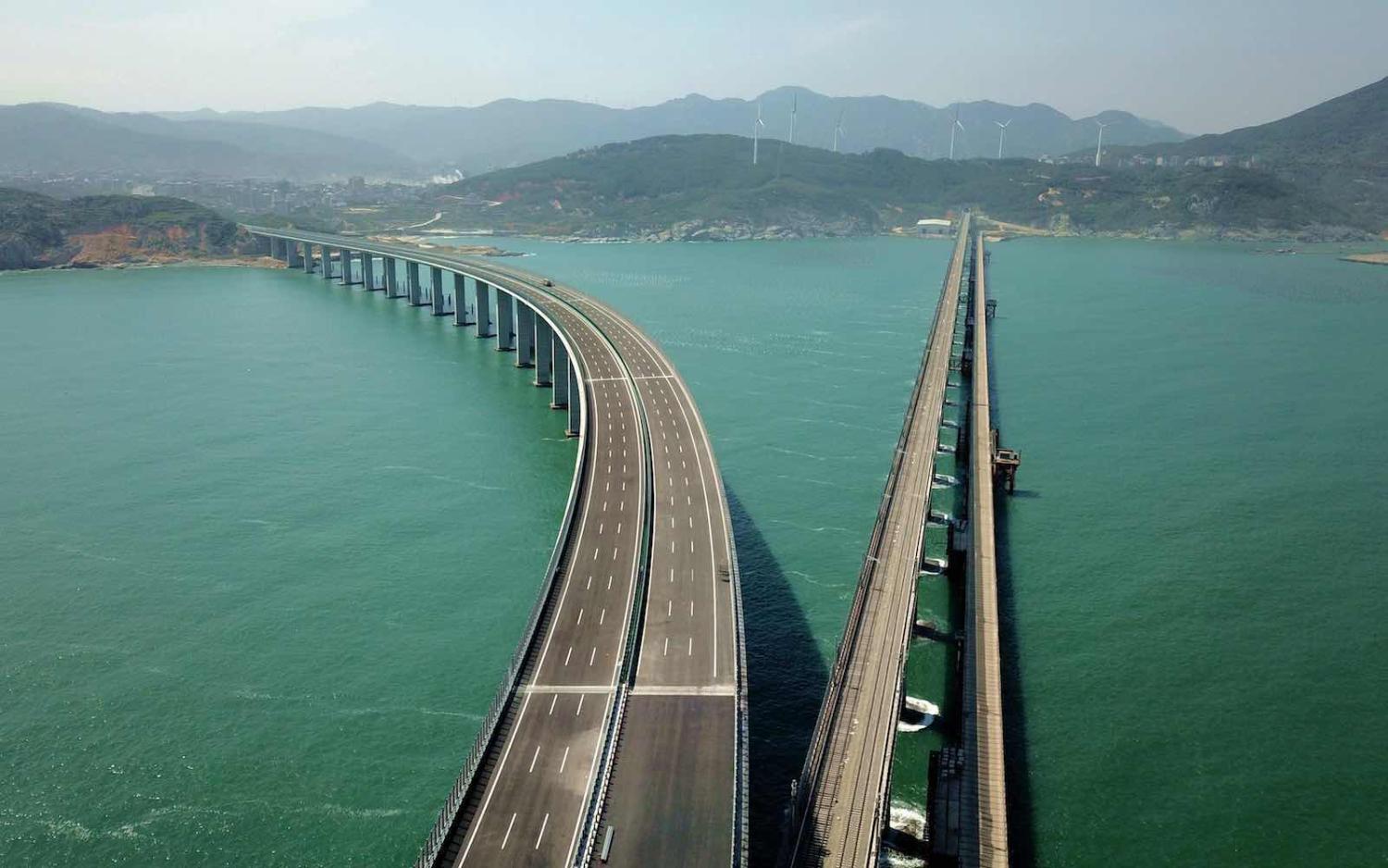While the Canberra political establishment has been sparring with China’s Foreign Ministry – and with Australian billionaires – much of the corporate elite has begun puzzling how to slipstream China’s post–Covid-19 economic recovery.
Optimists hope that Beijing will summon a massive infrastructure stimulus, triggering a commodity boom, as happened after the global financial crisis in 2009.
China’s emergence from the pandemic has been slower than expected, with some public health controls becoming institutionalised, and with second-order economic effects being felt via lost export orders and jobs. Life is returning to normal in most provinces, but strict neighbourhood-level monitoring, testing, and social distancing remain in place. China – as Australia – can’t relax fully while the virus is still spreading internationally.
While infrastructure stimulus remains China’s first line of response to economic emergencies, the government insists that this time the new public works will be different.
New locally transmitted cases are still being reported, so school openings have been postponed, and cinemas closed again after briefly reopening.
China business analysts Gavekal Dragonomics say that two thirds of people are back in workplaces, but most still can’t obtain door-to-door deliveries, only half have visited a shopping mall this month, and all must still quarantine if travelling beyond their city of residence, and again on return.
Gross Domestic Product fell 6.8% in the first quarter. The IMF is forecasting a recovery only to 1.2% growth for all 2020. Exports – which comprise about 18% of GDP – are expected to fall by up to half in the first quarter, and industrial profits by 25% in the first half.
Last year, government debt grew faster than in a decade, since the post-GFC stimulus kicked in. At the start of 2019, total Chinese debt was about $US40 trillion – 304% of GDP and 15% of total global debt. The PRC had started a deleveraging campaign, but the US trade war halted it. Thus, credit limits had been eased again, and local governments were allowed to issue special-purpose bonds – chiefly for infrastructure. But such stimulus programs have achieved ever-diminishing productivity gains, and the misallocated investment has become vast – a quarter of urban apartments now stand empty.
And Chinese financial institutions, led by China Development Bank and China Export-Import Bank, have provided massive capital for Belt and Road Initiative projects, funded almost entirely by loans. The capacity to repay – certainly, within the schedule agreed – must now surely come under question, thereby limiting such institutions’ future stimulus roles.
So where will Beijing turn to restore growth? Some clarity should come at the postponed National People’s Congress, opening on 22 May, where Premier Li Keqiang will deliver the government’s “work report”, and then more when the 14th Five-Year Plan is launched early next year. While infrastructure stimulus remains China’s first line of response to economic emergencies, the government insists that this time the new public works will be different.
Dan Wang of Gavekal says Beijing is promising a boost in “new infrastructure” – including artificial intelligence and big data, but with the 5G mobile network the main priority.
“All that’s missing,” says Wang, “are good reasons for consumers to actually use 5G. For now, it remains a solution looking for a problem: it boasts faster speeds, higher data flow and more device connections, but current 4G speeds are enough to satisfy consumer needs.” This 5G push is therefore likely to disappoint as a near-term stimulus policy, he says.
China is almost certainly oversupplied with old-school infrastructure like power stations and railroads, but it hasn’t yet found new technologies that can absorb similar amounts of stimulus money.
The China-US trade war may also reignite. A clause allows for fresh negotiations “in the event of a natural disaster or other unforeseen event” – which China could invoke as it is required to buy $US200 billion of new US energy and agricultural products, a great challenge in this collapsed economic climate. Otherwise, trends already underway before the pandemic may resume, some more intensely.

Accelerated by the trade war, companies from Japan, South Korea, and Taiwan had already begun to restructure the great Asian value chains, investing more both at home and in third countries such as Vietnam and Indonesia, to lessen risks associated with overdependence on China, including Beijing’s propensity to prioritise politics over economics.
The withdrawal of the massive South Korean chaebol Lotte from China, where it had invested $A10 billion, in the face of Chinese sanctions over new Korean missile defence, provided a stark example.
Robotification is another trend likely to accelerate post-pandemic. And market analysts China Skinny say that China’s online and offline retail is becoming dominated by a handful of large tech companies.
China’s middle class is likely to resume, whatever Beijing thinks, its search for overseas havens, via property purchase, business development, and/or student education.
Australia invests little directly in China – its $13.5 billion is a billion less than it has invested in Papua New Guinea. But a quarter of imports come from China, and a third of exports go there – three quarters comprising just four commodities: iron ore, gas, coal, and gold. Quantities are holding steady. Income from Chinese students in the last financial year was $12b billion, and from Chinese tourists $4 billion. Obviously, these revenues will fall.
Business commentator Alan Kohler wrote recently in The Australian that “for Australian businesses that have China as their plan A, they should start thinking about plan B.”
A degree of international decoupling is indeed inevitable in the wake of the virus, when China’s economic growth will continue to slow. Firms that have focused their international planning chiefly on a country’s – especially China’s – GDP growth may need to think again.
But that doesn’t mean junking plan A. The Chinese market will remain massive and will continue to reward those who can build and keep good relationships, and who pay close attention to its constant changes, especially to its multilayered politics.

